Customer Acquisition vs. Retention: Where Should You Focus in 2025?

- Customer retention delivers 5x higher ROI - A 5% increase in retention rates can boost profits significantly more than equivalent spending on new customer acquisition campaigns.
- Loyal customers become brand advocates - Satisfied customers generate free referrals and word-of-mouth marketing, reducing your overall acquisition costs while driving organic growth.
- Focus on acquisition when you're a new brand, launching products, entering new markets, or need to quickly build market share in competitive industries.
- Prioritize retention when you have high churn rates, rely on subscription models, or want sustainable growth with predictable revenue streams.
- Balance both strategies using data-driven insights - acquisition builds your customer base while retention maximizes lifetime value and creates the foundation for long-term profitability.
You might notice that your marketing budget keeps increasing, but your profits aren’t keeping pace with that growth. That often happens when businesses focus primarily on acquiring new customers instead of retaining their existing ones.
While new customer acquisition is essential, retaining customers proves far more cost-effective and builds long-term loyalty. By shifting your focus toward retention, you can improve outcomes without constantly raising your acquisition spend.
To strike the right balance, you need a clear understanding of the costs associated with acquiring versus retaining customers. With that knowledge, you can reduce unnecessary expenses and foster loyalty more effectively.
A recent study found that 27% of customers return after their first purchase, 49% make a second repeat purchase, and 62% make a third purchase. That data shows how retention probability climbs with each additional purchase.
In this article, we’ll explore the differences between customer acquisition and retention to understand why retention strategies play a crucial role in reducing churn and driving sustainable growth.
What Is Customer Acquisition?
Customer acquisition is the process of bringing new customers to a business by identifying, targeting, and converting potential buyers through specific marketing efforts.
To do this effectively, companies start by learning who their ideal customer is and where that person spends time. They then use tactics like paid advertising, email marketing, and social media outreach to connect with their target audience directly. Once interest is captured, businesses guide potential customers through a clear path toward making a purchase.
When done right, customer acquisition drives business growth by turning attention into action and attention into sales.
What is Customer Retention?
Customer retention is the process of keeping current customers loyal by consistently giving them reasons to return and buy again.
Instead of chasing new leads all the time, companies work to make sure the people who’ve already bought are happy. That means responding quickly to problems, offering loyalty rewards, and improving the customer experience whenever possible.
Good retention efforts focus on trust and value, not just transactions, so that people feel like they matter beyond the first sale. When customers stay longer and spend more over time, the business benefits from predictable revenue and stronger word-of-mouth.
How Customer Acquisition and Retention Align
Both customer acquisition and customer retention strategies share the goal of driving business growth. While their approaches differ, they depend on a clear understanding of your target audience and a focus on delivering a superior customer experience.
Both aim to drive revenue growth
Customer acquisition drives revenue growth by bringing in new customers and generating immediate sales. Retention grows revenue by keeping customers loyal and encouraging repeat purchases over time. Many brands prioritize acquiring new customers quickly, especially during their early growth phase. This initial push can create a revenue surge.
However, long-term growth relies more heavily on retention. A 5% increase in customer retention is cheaper than acquiring new customers and leads to significantly higher returns. Loyal customers often spend up to 67% more over time than new customers. While acquisition starts the growth cycle, retention sustains and amplifies it.
Both require a deep understanding of your audience
Knowing your audience is the foundation of both customer acquisition and retention. Effective customer acquisition strategies rely on identifying potential customers and understanding their needs, while retention focuses on building long-term relationships based on consistent satisfaction. The best-performing businesses use customer segmentation and behavioral data to tailor their marketing.
Additionally, consumers now expect personalization, with studies showing that 47% to 76% anticipate personalized interactions with brands. When done effectively, personalization can increase revenue by 10% or more. Whether attracting new customers or keeping existing ones, a thorough understanding of your target audience will ensure you meet their expectations and foster loyalty.
Both involve optimizing the customer journey
From the moment a customer first interacts with your brand to their post-purchase experiences, optimizing the entire journey is essential for both acquisition and retention. It’s not enough to get the first sale; companies need to ensure a seamless and satisfying experience at every touchpoint.
A Salesforce study from 2023 found that 80% of customers say experience is just as important as the product or service itself. Whether it’s streamlining the onboarding process for new customers or offering exceptional support for returning clients, businesses that optimize the customer journey see higher engagement and lower churn. The seamless experience improves customer loyalty, leading to repeat purchases and stronger brand advocacy.
Both benefit from data-driven decision-making
Data plays a crucial role in refining both acquisition and retention strategies. For customer acquisition, data helps you identify high-value prospects, understand where they come from, and determine the most effective acquisition channels. For retention, data-driven insights allow businesses to detect early signs of customer dissatisfaction or potential churn.
By analyzing customer feedback, purchase behaviors, and product usage patterns, businesses can personalize their offers and interventions to retain customers and drive long-term growth.
Key Differences Between Customer Acquisition and Retention
Understanding the differences between customer acquisition and customer retention plays a vital role in crafting effective business strategies focused on driving sustainable growth. Let’s take a look at these differences.
Acquisition typically has higher costs
Acquiring new customers often requires a substantial financial outlay for marketing campaigns, advertising, sales outreach, and promotions. In contrast, retaining existing customers typically involves lower, ongoing expenses such as customer support, loyalty programs, and engagement initiatives.
CAC vs CRC: Legal Services
This means acquiring a new legal client often costs 3× to 10× more than keeping an existing one. Businesses focused on sustainable growth must balance acquisition efforts with strong retention strategies to maximize return on investment.
Retention offers stronger long-term ROI
Many businesses generate roughly 65% of total revenue from existing customers, who spend about 67% more than first-time buyers. Loyal customers who enjoy personalized experiences often recommend your brand to others, creating free acquisition without additional effort. Referral business from satisfied customers strengthens the case for focusing on retention.
When you consider the lower costs of keeping customers, the higher spending by repeat buyers, and the power of word-of-mouth, retention clearly offers stronger returns. Balancing customer acquisition and customer retention helps businesses reduce churn, increase lifetime value, and build steady growth over time.
Tactics and messaging vary between the two
You need different messages and tactics when targeting prospects versus nurturing existing customers. Acquisition messaging usually highlights new benefits or promotions to persuade cold leads to try your brand.
On the other hand, retention tactics focus on personalized service, loyalty rewards, and follow‑up value offers. This is why messaging that works for acquisition often falls flat for retention, and vice versa.
Retention is more focused on relationship building
Because retention delivers a stronger long-term return on investment, it relies heavily on building and maintaining trust with customers over time.
Retention strategies focus on regular communication, loyalty programs, follow-ups on satisfaction, and proactive support to deepen the connection customers have with a brand. This ongoing attention creates a reliable experience that not only increases customer lifetime value but also strengthens their bond with the company.
When you prioritize relationship building, you make retention efforts more effective, which supports your overall acquisition and retention strategy by keeping customers engaged and loyal.
Acquisition requires more initial resources (targeting, campaign spend, lead gen)
Acquisition requires a significant upfront investment in marketing tools, audience research, paid ads, creative content, and funnel optimization because attracting new prospects depends on all these elements working together.
To bring in new leads, you need to run ads while continuously optimizing landing pages and managing lead magnets that encourage prospects to engage. This complex process usually calls for specialized teams or agencies to handle different parts, and it involves repeated testing to identify the most effective channels and messaging.
Because of these demands, acquisition often requires more time, money, and expertise than retention within your customer acquisition and retention efforts.
Retention success relies on customer experience
Retention depends heavily on delivering a high-quality customer experience at every interaction. A recent study found that 86% of consumers will switch to a competitor after just two poor experiences, which highlights how critical experience is to keeping customers.
This fact proves that retention success relies far more on consistent experience and support than on immediate advertising within your acquisition and retention strategy.
Different KPIs and metrics are used to measure each
Different KPIs and metrics measure success in customer acquisition and retention because each focuses on distinct goals. Acquisition teams mainly track metrics like:
- Customer acquisition cost (CAC)
- Cost per lead
- Conversion rate
- Click‑through rate
- First‑time purchase rate
In contrast, retention teams focus on retention rate, customer lifetime value (CLV), churn rate, repeat purchase frequency, net promoter score (NPS), and upsell or cross‑sell rates.
Why Businesses Prioritize Customer Retention
Balancing customer acquisition and retention drives business success, but sometimes businesses must focus more on retention.
Recognizing these moments helps businesses allocate resources effectively and secure long-term stability and growth.
- High churn rates impact overall revenue: Losing customers forces businesses to spend heavily on acquiring replacements, which limits profit growth. In fact, U.S. businesses lose an estimated $1.6 trillion annually due to customer churn. This highlights the critical importance of effective retention strategies in sustaining profitability.
- Acquisition costs may outweigh customer lifetime value: Companies often spend more to acquire new customers than those customers generate in lifetime value. Acquisition requires large investments in marketing, advertising, and lead generation, which do not always convert to profitable relationships. Retention lowers costs and improves returns because existing customers typically spend more over time and need less convincing.
- Recurring revenue models demand loyal customers: Businesses using subscription or membership models rely on loyal customers to generate steady revenue. Losing subscribers quickly disrupts cash flow and increases pressure to acquire new users constantly. Retention creates predictable income streams by keeping customers engaged and satisfied longer, which supports these business models effectively.
- Retention drives sustainable business growth: Focusing on retention helps companies build a loyal customer base that repeatedly buys and promotes the brand. Retention efforts increase customer lifetime value, reduce marketing expenses, and improve profit margins. Combining smart user acquisition and retention strategies creates sustainable growth and long-term business stability.
When to Prioritize Customer Acquisition
Certain situations require prioritizing customer acquisition to grow faster. Identifying these scenarios helps companies allocate resources and focus wisely.
- Entering the market as a new brand: New brands must focus on attracting customers to build awareness and gain initial market share. Without strong acquisition efforts, new businesses struggle to establish themselves and compete against existing players. Clear targeting and outreach help new brands capture attention and create early momentum.
- Launching innovative or new product lines: Businesses launching new products need to increase visibility and acquire customers quickly. Strong acquisition campaigns target the right audience and drive trial purchases to build product momentum. This approach creates a foundation for long-term success by capturing customers before competitors do.
- Competing in highly saturated markets: In crowded markets, companies must aggressively acquire new customers to stand out and grow. Differentiated messaging and focused campaigns help businesses capture market share from rivals. Without prioritizing acquisition, companies risk losing relevance and falling behind.
Tools That Help
There are many tools available to support customer retention, but ClearlyRated stands out.
Here’s how:
CRM & email marketing platforms
As a client experience platform, ClearlyRated is tailored for professional service firms, including staffing agencies, consulting firms, accounting providers, and legal teams. It helps businesses improve retention by tracking client satisfaction, comparing scores with industry benchmarks, and converting feedback into actionable strategies.
The platform integrates seamlessly with CRM systems, offering real-time insights into client satisfaction. By leveraging this data, businesses can send personalized emails that target customer needs at the right time, increasing engagement and improving retention rates. This proactive communication strengthens client relationships, while also helping businesses spot risks early and address them before they escalate.
ClearlyRated’s CRM and email marketing features help create deeper connections with clients. By automating follow-up reminders, nurturing leads, and delivering targeted messaging, businesses can keep their clients engaged and prevent churn. These efforts not only build loyalty but also increase the likelihood of clients expanding their relationship with your business.
TekCom Resources, for example, combined this approach with a people-first philosophy and saw remarkable results. By focusing on motivations rather than resumes and pairing this with ClearlyRated’s tools, TekCom reduced falloffs by 9% and boosted referrals by 50%. These targeted efforts helped them achieve their strongest quarter yet, showing how CRM-driven engagement directly supports growth.
Customer feedback platforms
ClearlyRated takes the data from client surveys and transforms it into real-time action steps to improve client retention. By identifying risks before they escalate, businesses can proactively strengthen account relationships through expert consultations.
The customer feedback features also identify growth opportunities. By examining satisfaction scores, businesses can uncover areas for expansion, which leads to increased upsell and cross-sell opportunities. This helps create a deeper, long-lasting connection with clients, strengthening both retention and profitability.
The platform's reputation management tools support this by amplifying your online presence. The platform lets businesses build credibility with verified ratings, testimonials, and industry-specific awards. It also allows for showcasing success stories on trusted B2B services directories, making your firm more visible on Google.
TekCom Resources, for example, used these feedback and reputation capabilities to gather reliable client insights and win awards that built credibility. This combination created powerful proof of impact, which boosted both client trust and business growth.
Where Should You Focus in 2025: Acquisition or Retention?
Choosing between customer acquisition vs retention requires a strategic approach that directly affects your business’s growth. Both aspects drive progress, but which one to focus on depends on your stage of development and your immediate goals.
Here’s when you should focus on your retention efforts:
- Your business has built a solid customer base and needs to maintain steady revenue.
- You rely on recurring revenue models like subscriptions, where loyal customers drive consistent income.
- Your customer churn rate is higher than usual, and reducing it would improve profitability.
- Your market is saturated or highly competitive, making it more cost-effective to keep existing customers.
Similarly, here’s when you should focus on acquiring new customers:
- You are in the early stages of your business or entering new markets.
- You want to increase your market share quickly to establish brand presence.
- You are launching new products or services that require fresh attention.
- Your current customer base is too small to support growth or operational costs.
- Your business needs to build brand awareness and attract diverse customer segments.
As your business grows, regularly review your performance and market conditions to shift your focus accordingly. This approach will help you meet both short-term needs and long-term growth goals.
How to Balance Customer Acquisition and Retention for Lasting Growth
Both customer acquisition and retention drive business growth, and your goals determine which to prioritize. Ignoring either slows growth and risks losing customers, so you must actively manage both to keep your business moving forward.
To do this effectively, collect data consistently to understand which actions bring paying customers and which issues cause users to leave. ClearlyRated provides the tools you need to uncover these insights and make informed decisions.
Curious how ClearlyRated could strengthen your customer strategy? Book a demo today.
FAQs
When should a business prioritize retention over acquisition?
Prioritize retention when you have an established customer base and need to reduce churn or increase customer lifetime value for steady revenue.
What are cost-effective retention tactics for small teams?
Small teams can use personalized emails, loyalty rewards, and responsive customer support to maintain engagement without high costs.
Should I stop spending on acquisition if retention is working?
No, continue investing in both. Acquisition drives new growth while retention secures ongoing revenue and customer loyalty.
Is retention more important in B2B or B2C?
Retention is critical in both, but B2B depends more on long-term relationships to maintain steady business and revenue.
FAQs


.png)

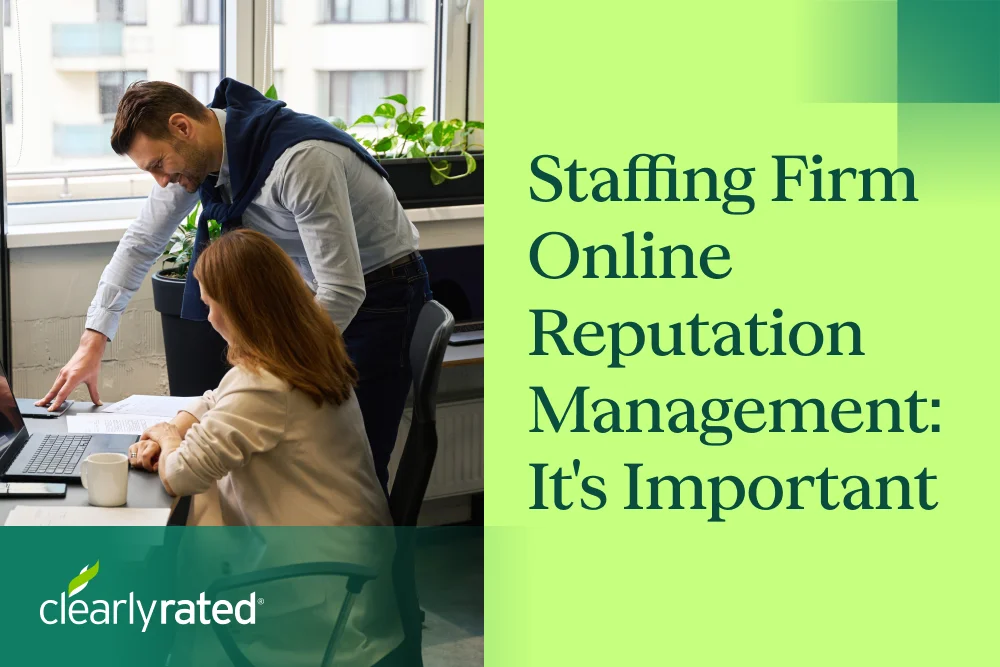




%5B1%5D.webp)
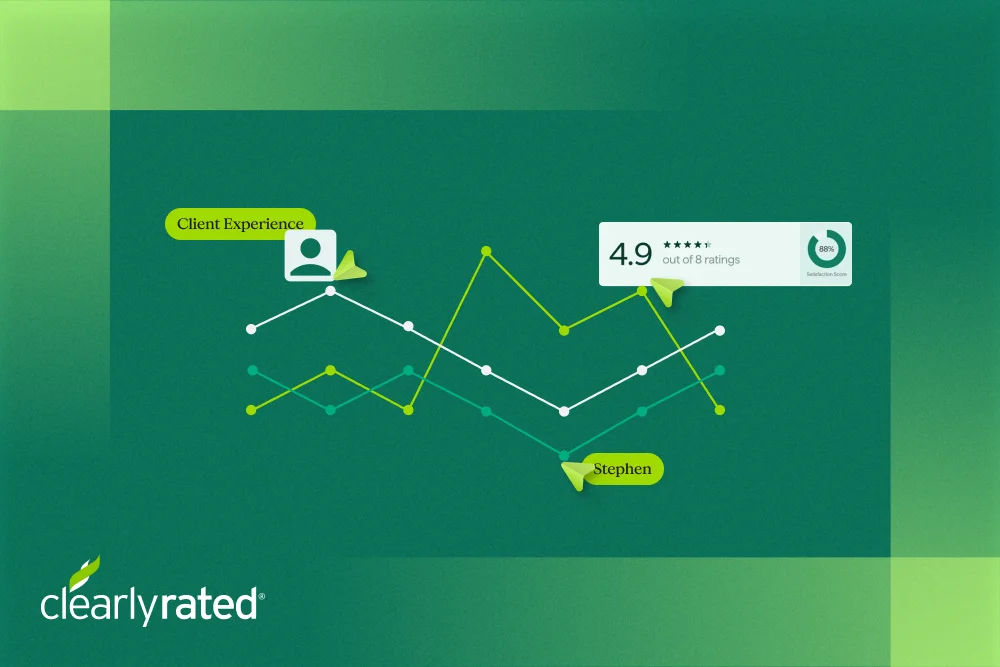






.png)






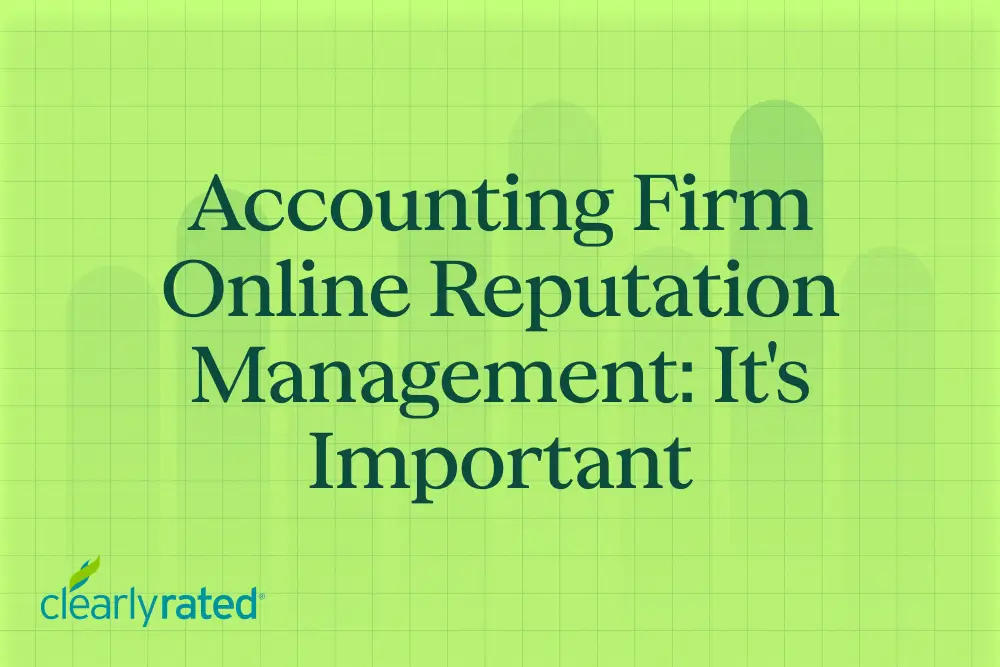

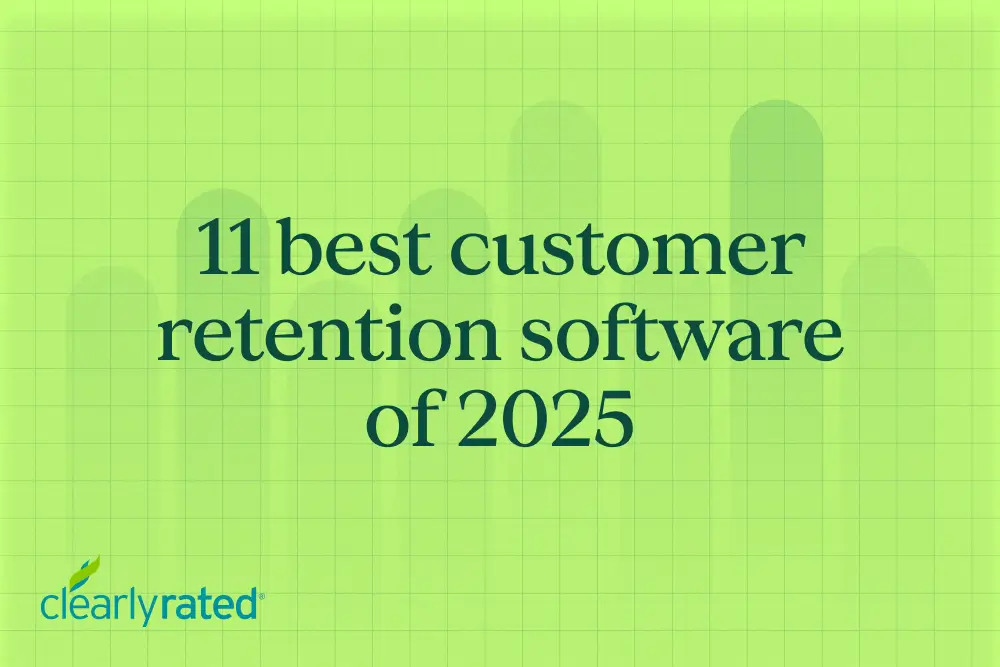

_%20The%20Ultimate%20Guide.png)
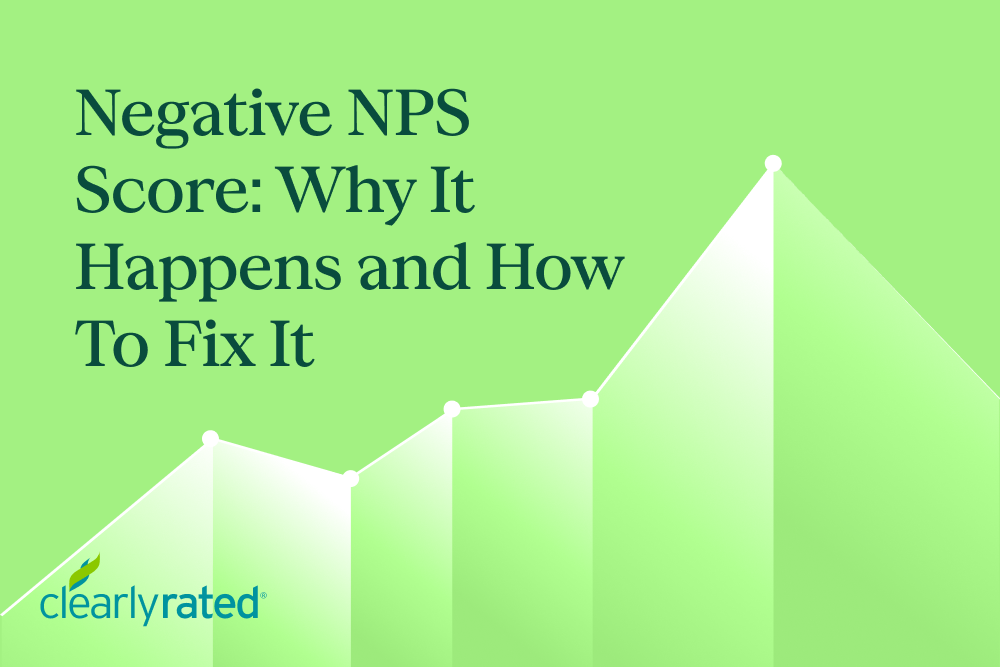

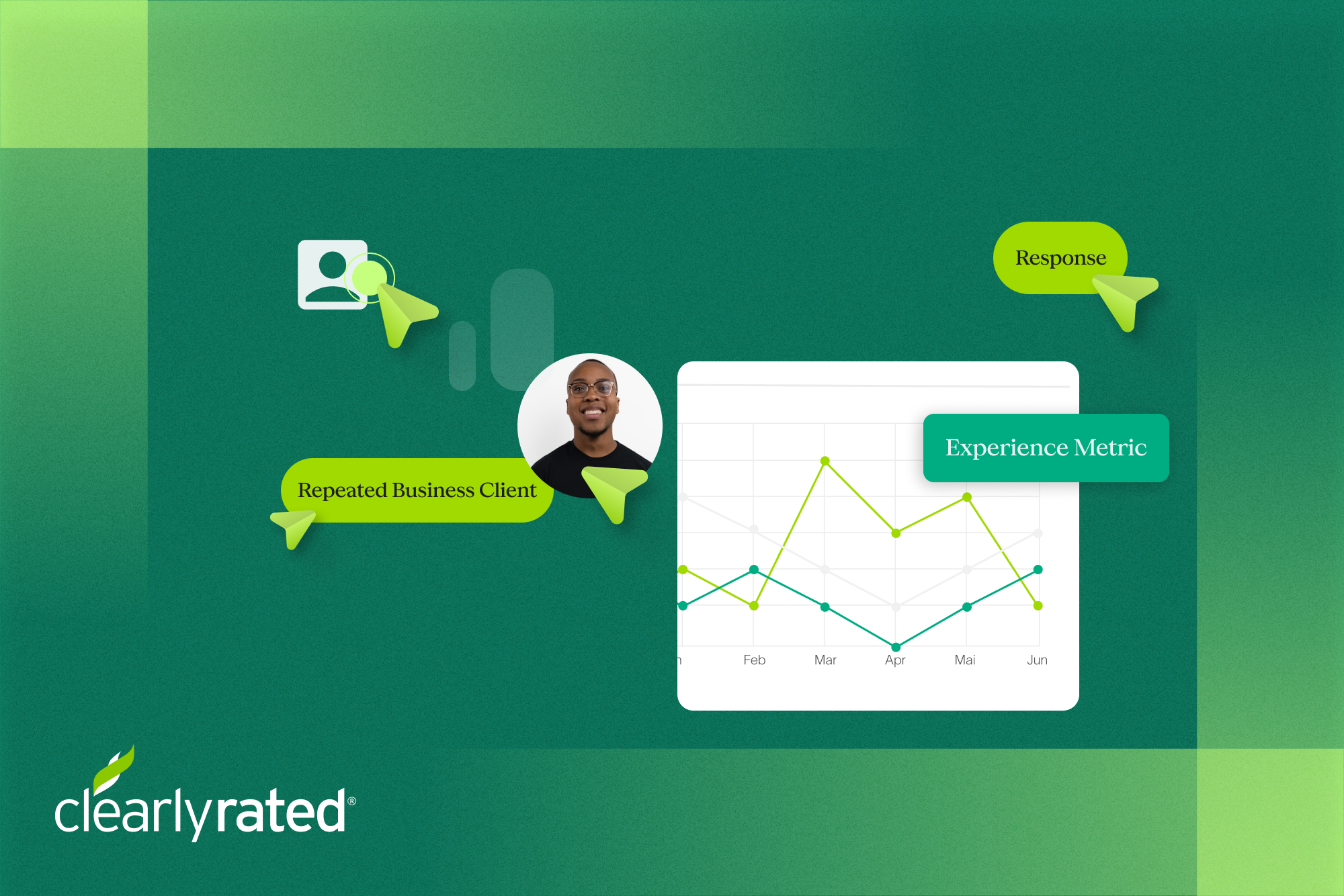
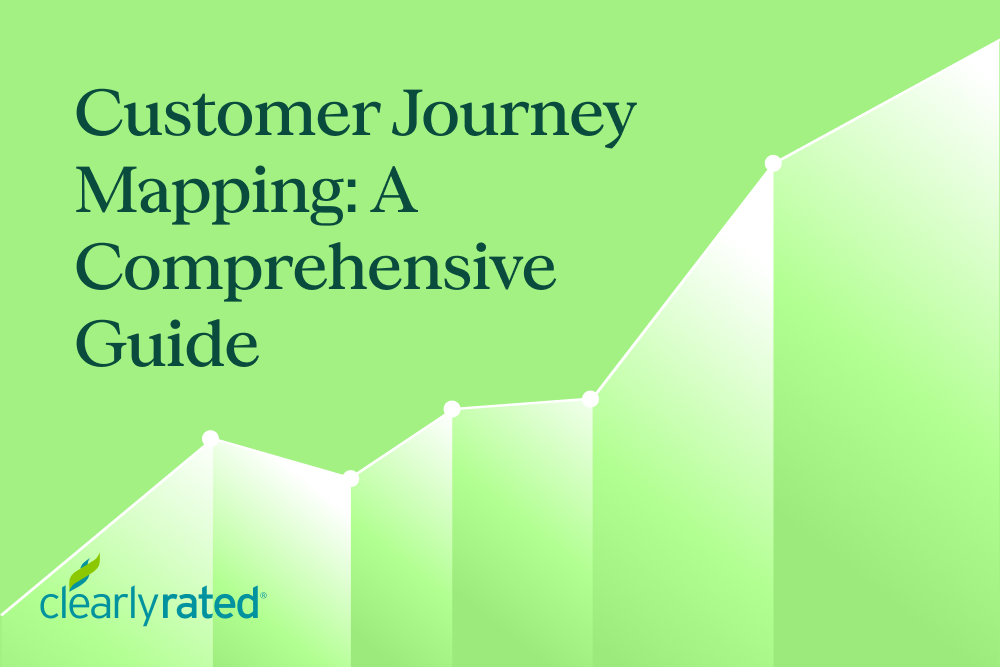

.png)




















%20in%20the%20Workplace.png)










.png)

%20and%20how%20can%20you%20increase%20it.png)
_%20A%20Step-by-Step%20Guide.png)

.png)
.png)




_.png)



%20in%202028.png)


_%20The%20Ultimate%20Guide%20(2024).png)











